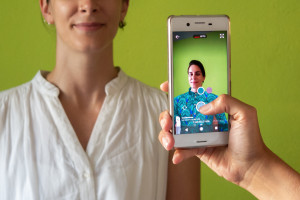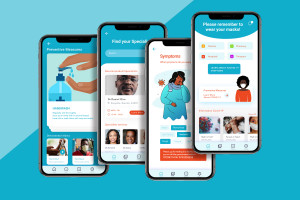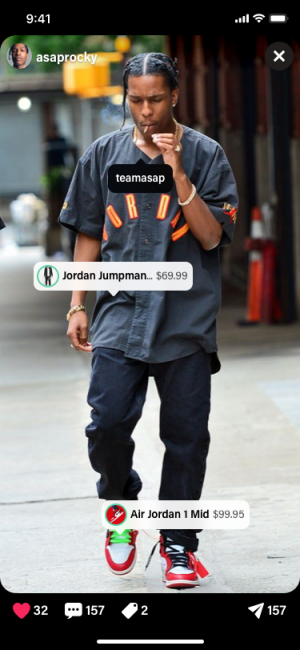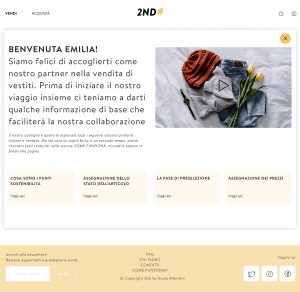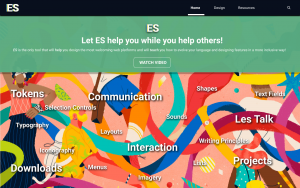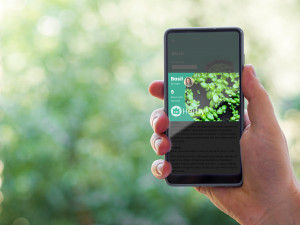Abstract
On the customer side, Riko is the only rickshaw based first/last mile service for metro stations in the city of Bangalore. The service is a ride-sharing platform that offers metro commuters an affordable and sustainable mobility option. Riko employs fixed routes, fixed fares and a well-trained community of drivers to align with the needs of commuters. Riko’s mission is to help reduce traffic congestion, air pollution and promote public transport usage by building a fair last mile mobility ecosystem. On the service provider’s side, Riko is the only channel for rickshaw drivers in the city of Bangalore to find customers travelling to and from metro stations while also incorporating a fair distribution of its revenue. Riko allows commuters to reserve a single seat in the rickshaw for a fixed rate along a fixed route. Riko’s mission is to uplift the rickshaw driver community, by helping them capture first/last mile commuters, through a ride share service that maximizes their earnings. This service was conceived after realizing two key insights through comprehensive opportunity mapping and primary research. Firstly, daily metro commuters preferred using rickshaws for their first/last mile phases of their commute, but were a recent rise in the fares and the unavailability of other effective modes was pushing commuters to reconsider the affordability of availing the city’s metro services. Secondly, the reason for the rise in the rickshaw fares stemmed from the unfair practices of large corporate aggregators, the two main reasons being surge pricing and artificial fares created by frustrated rickshaw drivers that left aggregator platforms. The main aim of the service was to increase metro ridership, while providing commuters with an affordable mode of transport and rickshaw drivers with a reliable source of income. Considering that the main aim of this service was to reduce the negative environmental impact of urban congestion by making the metro more accessible, while catering to the needs of the rickshaw driver community and metro commuter community; impact investments were explored as a financial instrument for its successful implementation. For the scope of the thesis project, the channel (mobile application) the customer uses to avail the functionalities of the service and how this digital touchpoint, interacts with the rest of the service, was worked upon.
Interface and Interaction Modality
While Riko is a multi-channel service comprising of various partners, on ground assets and technological resources, the point at which the customer communicates with the service was focused upon – customer application. While the digital touchpoint is the interface that takes center stage, the project also incorporate the influence of various other touchpoints that are a part of the journey in question.
Technology
In reality, the service would involve high-level route optimization algorithms to efficiently utilize the rickshaws to perform pickups and drop offs. For the scope of the thesis prototype, the design, development, micro interactions and animations of the customer application were done using Adobe XD.
User Experience
The application was designed to be simple, functional and as unobtrusive as possible. The learning curve was reduced by using familiar patterns and guidelines. Special care was taken to manage the information displayed on the screens and the format in which it was displayed. Being an application for daily use, a small set of effective and easy interactions were replicated in multiple moments of the user’s experience, further reinforcing its simplicity. Specific events in the users’s journey were used to help break the barrier between the customer and service provider. This was done by sharing information relevant to the current context, lending a human touch to the mobile experience.
Research and Development Context
Through initial research in the field, experiments by NGO’s attempting to set up something similar garnered positive attention from the parties involved. Considering this, a well designed and structured service like Riko has the potential to further the horizons of ridesharing rickshaws as effective first/last mile mobility options. Initially, an important metro station can be targeted for pilot projects followed by expansions to metro stations across the city. Further tweaks to the mobile experience by making the service highly unobtrusive and invisible can help fit the service seamlessly into commuter routines. Studying focus groups of rickshaw drivers and commuters can help optimize the routing algorithms. This optimization has the potential to maximize the efficiency of each rickshaw driver, resulting in greater earnings for the drivers, and a more robust service for the commuters.
